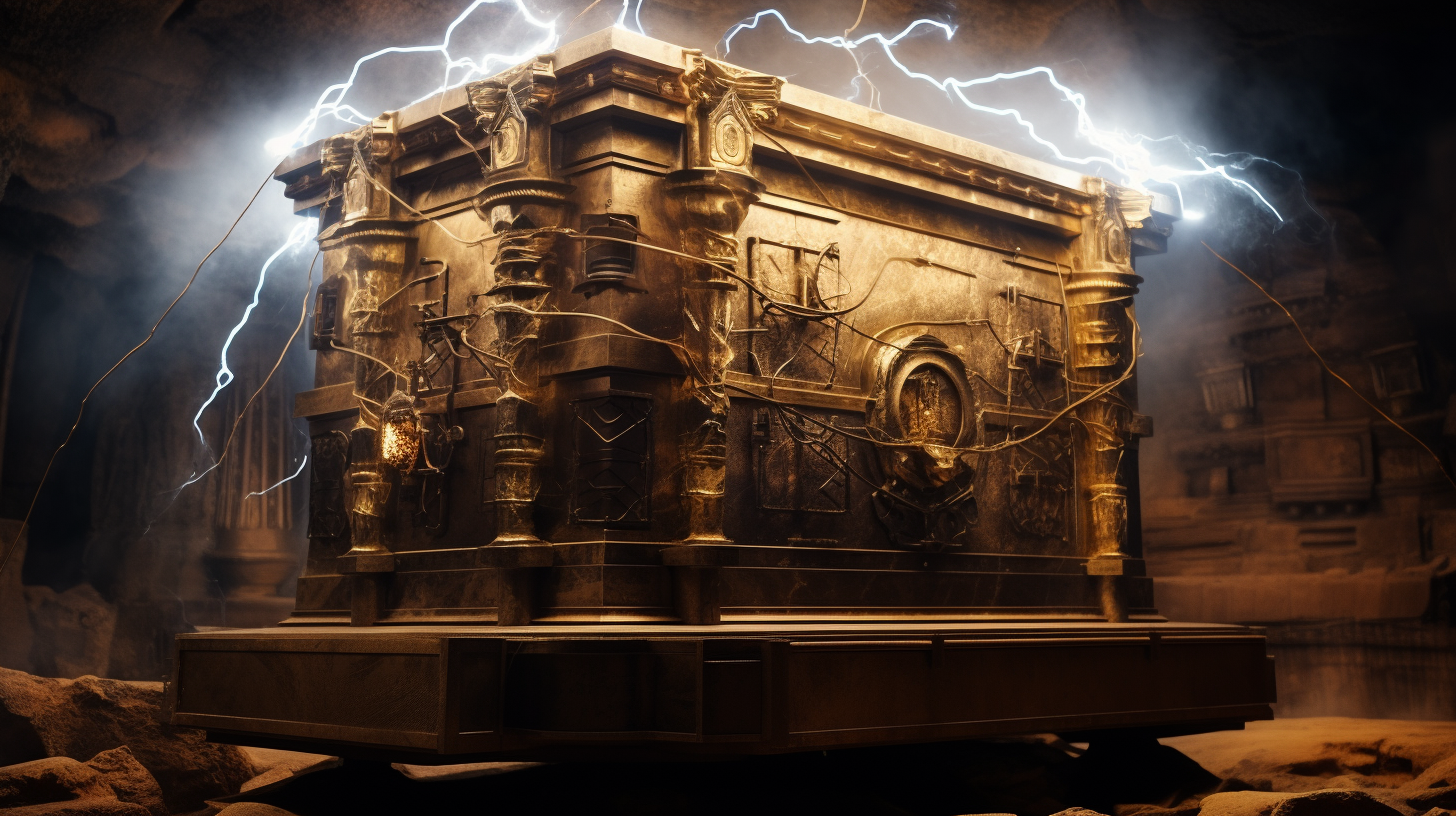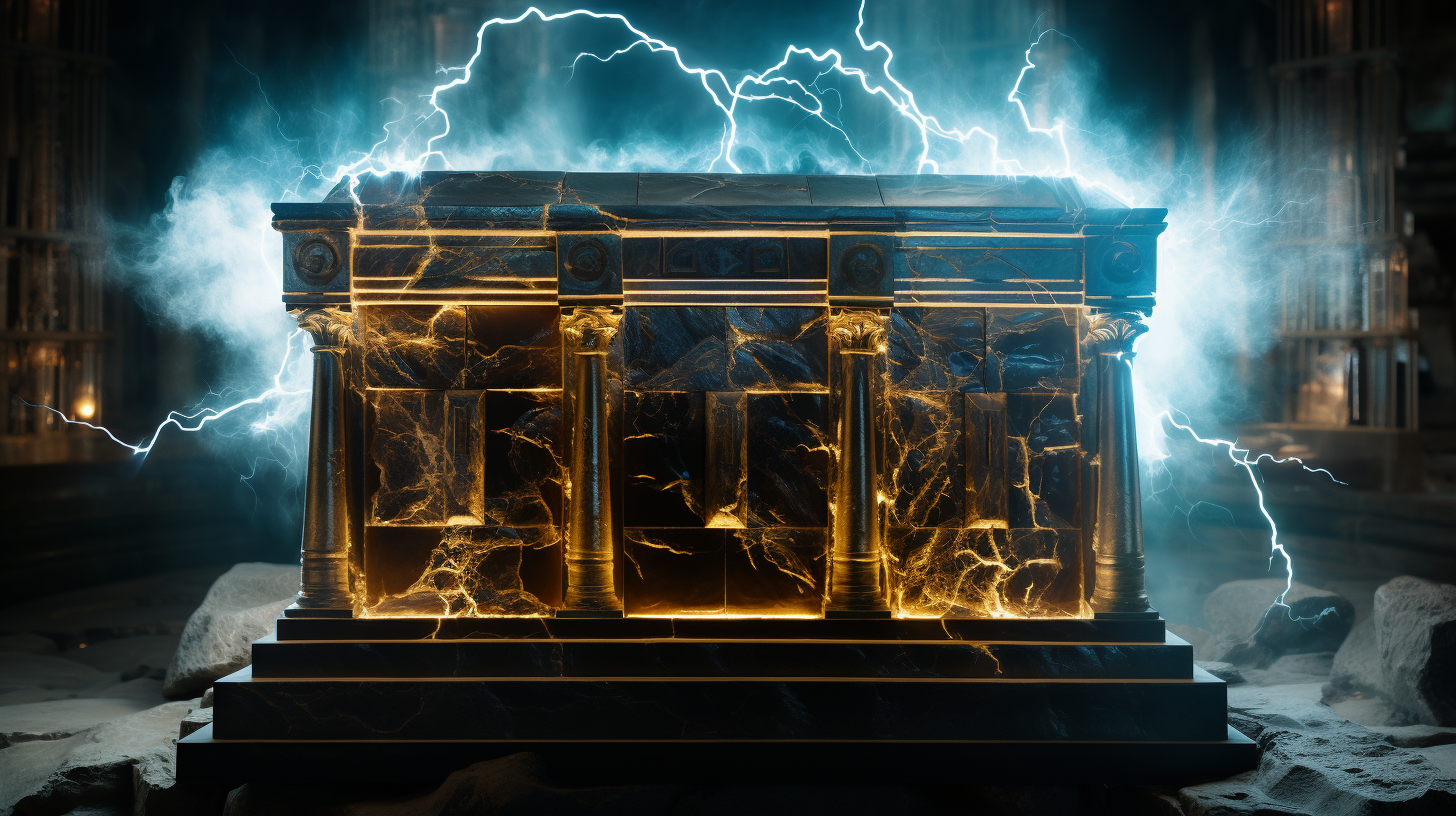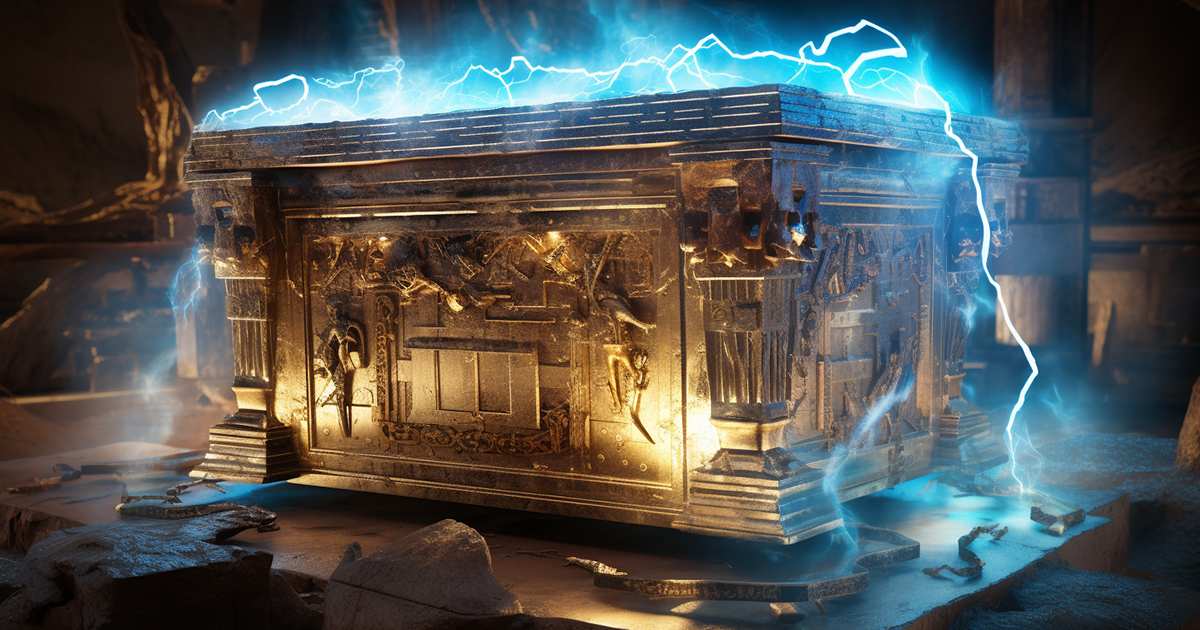Steeped in ancient lore and shrouded in enigmatic tales, the Ark of the Covenant has entranced countless throughout the ages. Its presence not only graces the pages of the Old Testament but weaves a complex tapestry across various narratives in the Bible, portraying it as a revered golden receptacle believed to house the divine essence of God.
Vanishing from historical records, the quest to unveil its concealed location has ignited fervent pursuits. Yet, a lingering query persists – does humanity possess the readiness to confront its imminent revival?
Fashioned by Moses under celestial guidance, the Ark emerged as a pivotal religious relic, believed to hold apocalyptic powers beyond its religious symbolism, enticing contemporary truth-seekers.
In the tireless hunt for the elusive Ark, many have undertaken arduous odysseys, driven by the conviction that they stand on the cusp of unraveling its mysteries.
Nestled within the allure of unearthing the Ark lies a prophecy prognosticating its eventual reappearance without active pursuit, adding another stratum of fascination to its narrative.
This prophetic account transcends beyond the content of the Old Testament, weaving through the Book of Hebrews and prominently featuring in the Book of Revelation.

Revelation 11:19 portends the Ark’s resurgence amidst the cataclysmic throes of the end times, tied to phenomena like lightning, thunder, seismic tremors, and hailstorms.
The juxtaposition of the Ark’s prophesied return with the foreboding events delineated in Revelation deepens the enigma, hinting at an interconnection with Armageddon, the fabled battleground at Tel Megiddo in Israel.
Could this ancient locale harbor the key to the fabled revival of the Ark in accordance with these archaic prophecies?
Nevertheless, the notion of the Ark resurfacing prompts profound contemplations. In our modern era, where skepticism often clouds belief in miracles, the idea of an artifact wielding supernatural prowess is met with skepticism.
If the Ark were to resurface and indeed manifest divine abilities, it would invariably challenge our accepted reality.
The relentless pursuit of relics such as the Holy Grail, Noah’s Ark, and the Ark of the Covenant stems from a fundamental need for tangible evidence to affirm faith.

At times, archaeological findings align with biblical narratives, providing fleeting validations. Yet, the rediscovery of the Ark could stand as the ultimate testimony for believers globally.
However, the prospect of harnessing the Ark’s attributed powers poses ethical quandaries. Are we prepared to grapple with an artifact of such divine influence in an era entangled with intricate ethical dilemmas? Paradoxically, the existence of such an artifact may challenge the core tenets of faith and spirituality.
Experience the Video:
In a world hungry for tangible attestations, the Ark of the Covenant endures as one of the most coveted relics. Its legacy persists, promising a forthcoming resurgence that could redefine our comprehension of faith, power, and the delineations between humanity and the divine.
Whether this prophesied relic resurfaces or remains ensconced within the annals of history, it holds as an unresolved enigma, poised to once again ensnare the imagination of the world.
